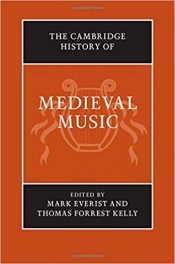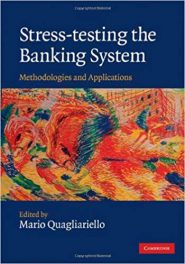Author: Julieanna Hever, M.S., R.D., C.P.T.
Publisher: Alpha Publishing – 332 pages
Book Review by Paiso Jamakar
Like other members of the family of The Complete Idiot’s Guides, this is a well-thought-out, well-organized, and well-written book.
In this large book of over 330 pages that is reflective of a wealth of knowledge of the author, plant-based dietitian Julieanna Hever provides important information for the general public as well as special diets created for specific groups of people, such as for children, post-natal moms, senior citizens, overweight or underweight people, those engaged in strenuous sports, or those afflicted with certain ailments, such as cancer or heart disease, for example.
This book contains 45 recipes for cooking nutritious plant-based meals, as well one week’s worth of sample menus for you to enjoy.
It is delightful that the Foreword to this book was written by Dr. T.Colin Campbell, who along with his son Dr. Thomas Campbell authored the monumental bestseller on the relationship between nutrition and health, The China Study.
The book is divided into four main parts. Part 1 explains the various healthful benefits of a plant-based diet.
In Part 2, you learn how to live a plant-based life. It tells you of the myths that have been popularized, such as that plant foods cannot adequately fulfill a human body’s protein needs.
Part 3 addresses special nutritional needs of specific groups of people that I have mentioned above. If you are battling cancer, controlling, diabetes, fighting heart disease, trying to reduce hypertension or cholesterol, preventing or minimizing osteoporosis, read about what to eat in this section of the book
Part 4 of this book is entitled The Plant-Based Recipe Box, which informs you what to stock your kitchen pantry with, and is loaded with lots of recipes for numerous delectable vegetarian snacks, soups, entrees and desserts.
The book gives us useful facts and dispels misinformation about carbohydrates, fat and protein – the three main components of food in general. It itemizes which particular vegetables and grains give you each of your various vitamins, as well as minerals, including calcium, iodine, iron and zinc.
To the saying “you are what you eat” should also be added “you are what you do not eat,” Julieanna says. She tells you what to avoid and why, such as animal protein, bad cholesterol, artificial colors and sweeteners, hydrogenated and trans fatty acids, monosodium glutamate, saturated fat, excessive sodium and sugar, and other stuff bad for your body.
Julieanna also clarifies many controversies on certain substances, and whether to intake nutritional supplements or simply get the nutrients from natural sources.
On debunking the myth that only meats can provide protein, Julieanna mentions that she is often asked: “Where do you get your protein?” She answers: “The same place gorillas, elephants, water buffalo, and horses get theirs!”
Vegans, who do not eat eggs or fish (but most vegetarians do) will be delighted to learn much from this book and can become healthier. Vegan food has been shown through numerous scientific studies (including some detailed in The China Study) to have many healthful effects such as lowering your cholesterol, increasing your energy and even bringing down glucose levels for diabetics. Plus, it can certainly help you lose weight, clear your skin, look great with a slim figure, and feel fantastic.
Vegetables, fruits, grains and legumes are a rich source of protein, a nutrient that most people in the U.S. obtain primarily from meat. Good plant-based nutrition must include a large variety of vitamins and minerals as well. This book gives you, in Chapter 3, the plant sources of various nutrients, from ascorbic acid to zinc.
I suspect that the average person in the United States does not know enough about the healthful effects of eating vegetables, fruits and grains nor does she or he know that there is a huge variety of them available out there. When interest is perked on this type of food, an exciting discovery process can start for you, as it did with me many years ago.
As a child growing up in India, our family used to eat a very large variety of vegetables, relish on fruits that are either rare or not even found in markets in the United States, and enjoy cooked or raw grains as snacks. It was on very rare occasions, once in a year maybe, when this particular cook used to be in town, that we would ask her to come and cook a chicken dish from a live bird. That was about the only meat we ate in our family. It was a novelty for us as it was for most of my friends then.
This is a very useful book for anyone, particularly for those who want to improve their health and enjoy life better, free of disease and ailments.





